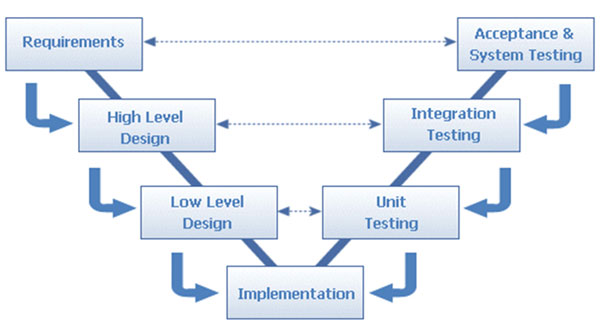What is software life cycle?
To develop the desired software product, a certain series of steps need to be followed. These steps are known as the Software Development Life Cycle (SDLC).
These steps are:
Communication: The user initiates the process, where he contacts a software developer to request a specific software product.
Requirement gathering: The software development team tries to gather all possible information on requirements for the product by contacting stakeholders.
Feasibility study: The teams start plans for software process, and determine if the solution is practically, financially, and technologically possible by analyzing most possible algorithms.
System analysis: Developers try to come up with the best model for the product.
Software design: This is the moment when the designing of the product begins, combining the analysis, and the requirement knowledge.
Coding: This is the programming stage, where the software design is implemented.
Testing: At this point it is very important to review the code for all possible existing errors. It is one of the most important phases.
Integration: Include all needed data to implement the software product.
Implementation: This means to install the software and actually run the product on user machines.
Operation & Maintenance: Further analysis of the product needs to be done to improve the efficiency of the product and avoid more errors.
Disposition: If software becomes obsolete, this process needs to eliminate or archive all data regarding to the product, or if possible upgrade totally the product.

Refereneces:
http://www.tutorialspoint.com/software_engineering/software_development_life_cycle.htm


